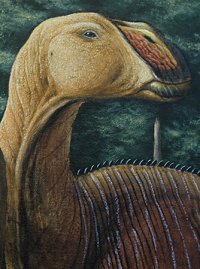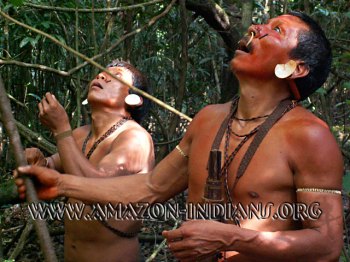The following is copied directly from EurekAlert.org:
10-26-2007
Contact: Michael W. Neff
American Society for Horticultural Science

LAS CRUCES, New Mexico — Researchers at New Mexico State University recently discovered the world’s hottest chile pepper. Bhut Jolokia, a variety of chile pepper originating in Assam, India, has earned Guiness World Records’ recognition as the world’s hottest chile pepper by blasting past the previous champion Red Savina. In replicated tests of Scoville heat units (SHUs), Bhut Jolokia reached one million SHUs, almost double the SHUs of Red Savina, which measured a mere 577,000.
Dr. Paul Bosland, Director of the Chile Pepper Institute at New Mexico State University’s Department of Plant and Environmental Sciences collected seeds of Bhut Jolokia while visiting India in 2001. Bosland grew Bhut Jolokia plants under insect-proof cages for three years to produce enough seed to complete the required field tests. “The name Bhut Jolokia translates as ‘ghost chile,’” Bosland said, “I think it’s because the chile is so hot, you give up the ghost when you eat it!” Bosland added that the intense heat concentration of Bhut Jolokia could have significant impact on the food industry as an economical seasoning in packaged foods.
——
The complete study and abstract are available on the ASHS HortScience electronic journal web site: http://hortsci.ashspublications.org/cgi/content/abstract/42/2/222
Founded in 1903, the American Society for Horticultural Science (ASHS) is the largest organization dedicated to advancing all facets of horticultural research, education, and application. Society website – ashs.org



 Posted by zaxy
Posted by zaxy 


 Second:
Second: October 4, 2007
October 4, 2007